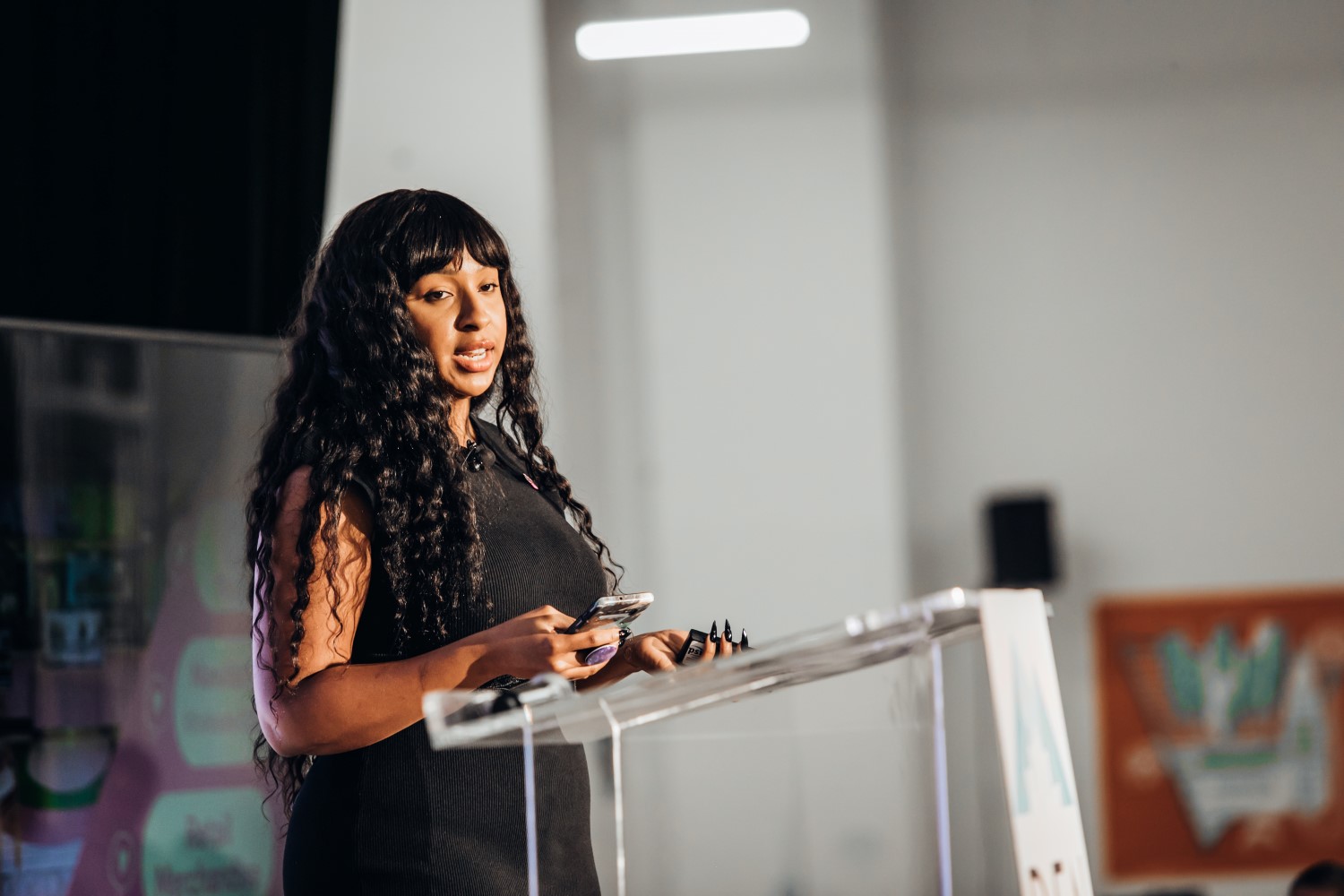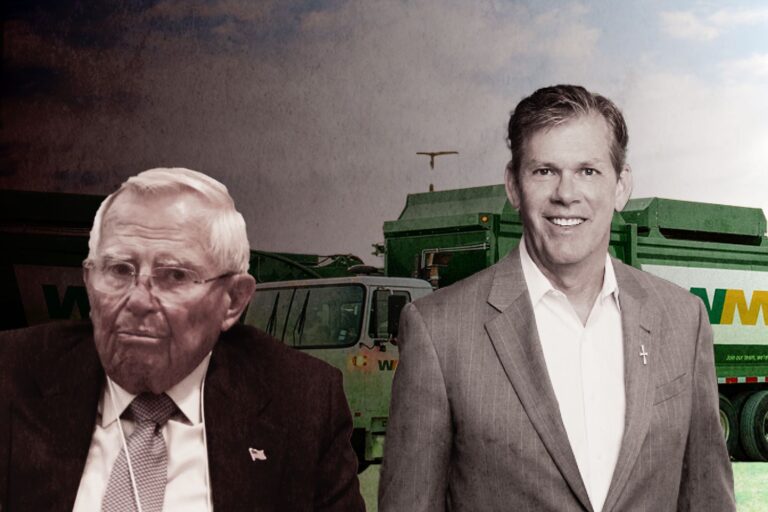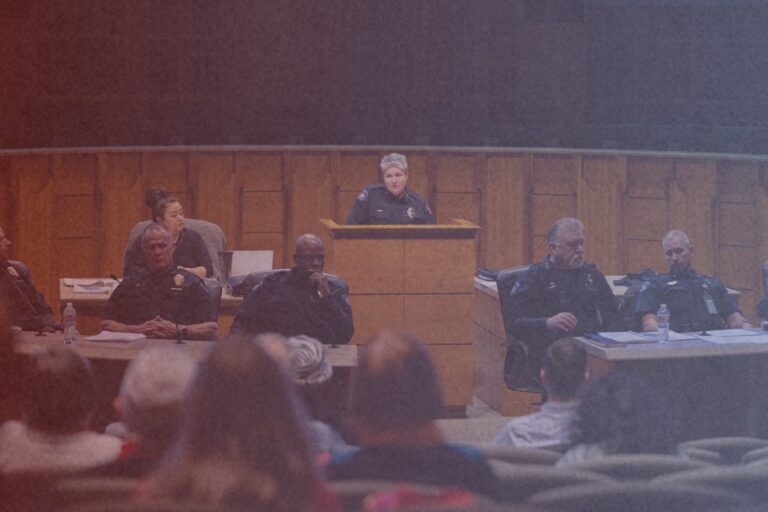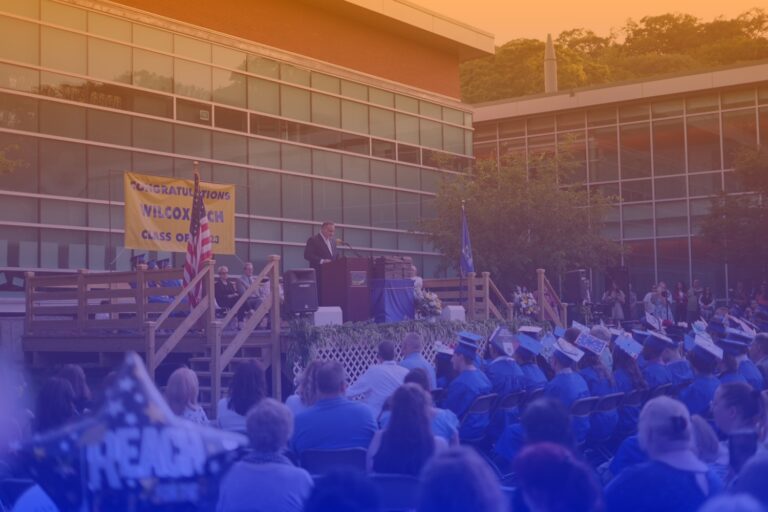Loneliness Epidemic – Where are All Public Chatters?
Well, humans are social animals, we need each other in order to survive and thrive. “Many investigators of human history have assumed that man evolved his great intelligence and sociality because of their advantages in obtaining food, especially in connection with hunting large game,” according to Richard D. Alexander, an American zoologist who was a professor at the University of Michigan.
But in recent decades, we hardly see that connection happens in real life. People are becoming more isolated, and as a result, many are feeling lonelier today than ever before. Some crave community, but they get weird when they have to go out and socialize, some people don’t even know how to make friends.
So, why are we like this?
To understand this tragedy, we need to go all the way back even before the smartphones and social medias popped up. Let’s get into it.
Loneliness – The Monster that Has Been Eating Our Social Fabric
Many might believe that loneliness stems from a lack of daily companionship, feeling excluded, or being distant from family and friends due to relocation. While these are indeed true, it’s essential to explore the root causes, and one contributing factor is what can be termed as hyper individualism.
Individualism – The “Me” Decade and Its Side Effect
In the past, something happened that became the root for the loneliness epidemic alarming in 2017. It was the social movements of the 1960s and ’70s.
A 2023 CQ research piece on loneliness by Alan Greenblatt would mention that “the mass social movements of the 1960s helped shift people’s attention from local concerns to more national issues.” In simpler terms, local communities became less significant, with a focus on altering the national status quo.
According to Alan, this eventually resulted in a “decreased number of social gatherings and eroded organizational participation.” Things got worse in the 1970s, known as the “Me Decade” because a strong sense of hyper-individualism started to take over society.
As Yuval Levin articulates in “The Fractured Republic,” the 1970s saw high inflation, high crime, an explosion of single mothers, and the eroding of family structures. Why collectively care about changing the world or even the local community when everyone has their own problems to deal with?
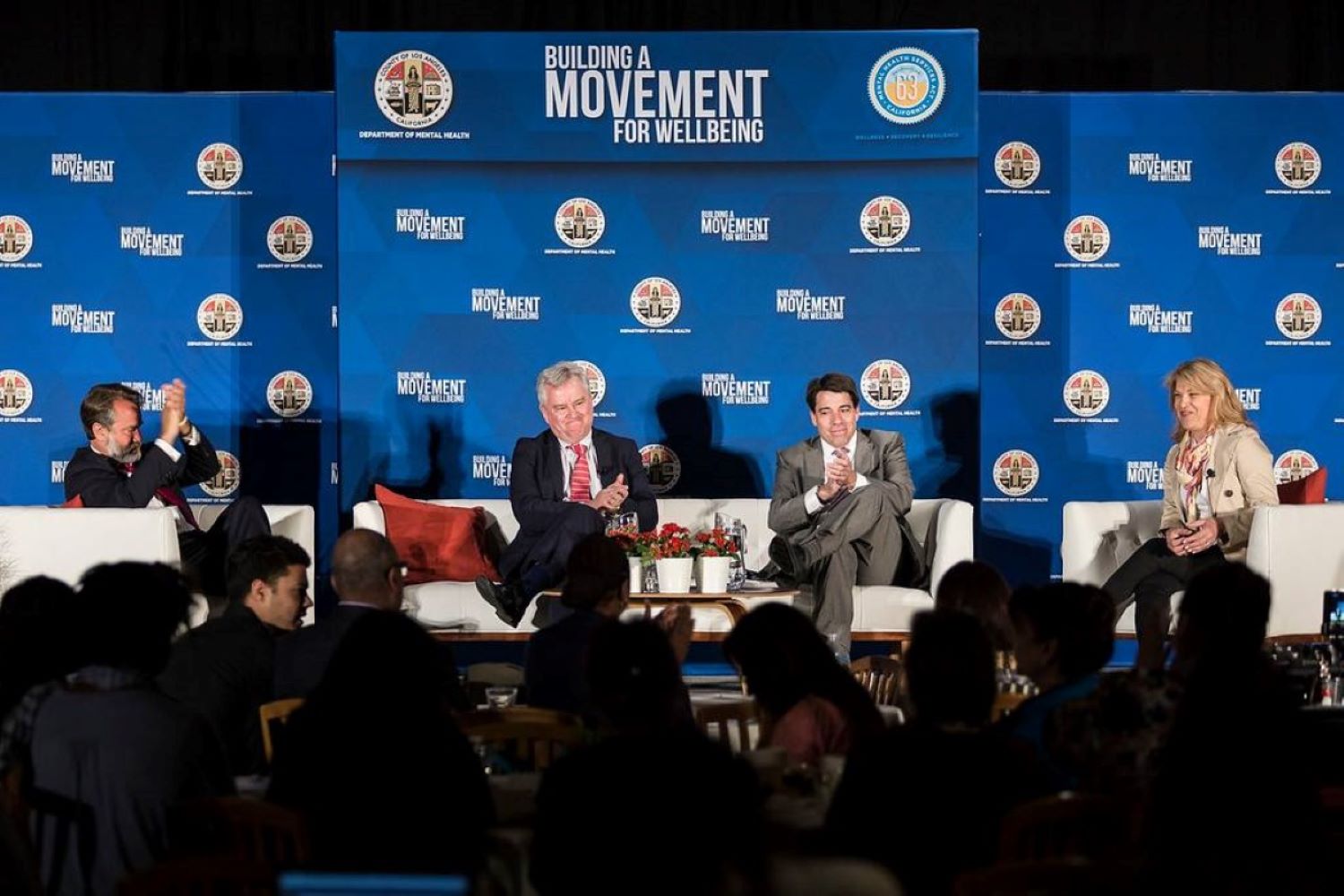
As expressed by Yuval Levin in “The Fractured Republic,” the 1970s witnessed high inflation, increased crime rates, a surge in single mothers, and a decline in family structures. In such a challenging environment, local communities concerns were ignored since the personal needs and problems that demanded to be solved first.
Tensions between various social groups increased during the 1970s; between 1960 and 1980, the divorce rate more than doubled. Upheaval was caused by the fast changing nature of society.
Around this period, society’s unifying element vanished. In order to satisfy their own needs and desires, people turned inward after broking out from the crushing uniformity. Individuals moved away from tradition and followed their own routes.
Indeed, this led to greater freedom of speech and decreased repression, but Levin claims that this newfound freedom came at a heavy cost. According to him, “We have let loose a scourge of loneliness and isolation that we are still afraid to acknowledge as the distinct social dysfunction of our age of individualism.”
No doubts, loneliness has thrived and evolved from our increasing individualism from the 60s and 70s. That legacy has been haunting the generations following the boomers, they grew up with strong individualism already embedded in society.
There were times when this trend appeared to get better, but since the 2000s, things have gotten worse.
Generation X and the Millennials arrived at a hyper-individualistic world, and by 2007, Gina Gustavsson from Uppsala University indicated that society is going through “the slow but steady weakening of shared collective identities, norms, and culture and the concomitant rise of the ideal of the independent individual.”
Millennials and Generation X were considered among the most individualistic generations until Generation Z came along. This generation faced unique challenges, growing up during the explosion of the most individualistic tool known to man: social media.
Technology and Social Media – How “Smart” Has Separated Us?

According to experts, there is no denying that our interactions with technology have a profound impact on how lonely we feel. It’s not just technology that sets up a false sense of connection. Endless possibilities for interactions lower our tolerance for solitude while raising expectations about the number, speed and frequency of our connections.
“Our culture has put upon us these expectations that if we’re going to be successful, we need to have a huge network of contacts,” says Susan Matt, a history professor at Weber State University in Ogden, Utah, who specializes in the history of emotions.
He added, “That extra set of expectations makes the experience of aloneness even harder. Our grandparents, our great-grandparents, didn’t think they were going to have an average of 338 Facebook friends.”
In their 2019 book “Bored, Lonely, Angry, Stupid: Changing Feelings about Technology, from the Telegraph to Twitter,” Matt and Luke Fernandez, a computing professor at Weber State University, investigate the link between technology and emotions.
Through a study of letters, diaries, and memoirs, they reveal that our ancestors, free from Facebook, also experienced loneliness but had more modest expectations regarding the number of friendships. They also regarded loneliness as an inherent part of the human experience.
Our ancestors didn’t have to contend with endless Instagram-perfect vacation photos and posts depicting kids as nothing but adorable. Various studies have shown that social media can contribute to feelings of depression, inadequacy, and isolation as individuals compare their lives with the carefully curated versions presented by others.
Of course, technology may make our lives better, so it’s not always a terrible thing. But what remains when we take away the advantages of a convenient connection?
A screen that takes up our time and attention, a platform that keeps us entertained but distanced from the outside world and the people in it.
“Social media is making us on social, social media is killing relationships, social media is replacing experiences,” said Kristin Gallucci in her speech for TED.
Economics – How an Unhealthy Economy Drifted People from One Another
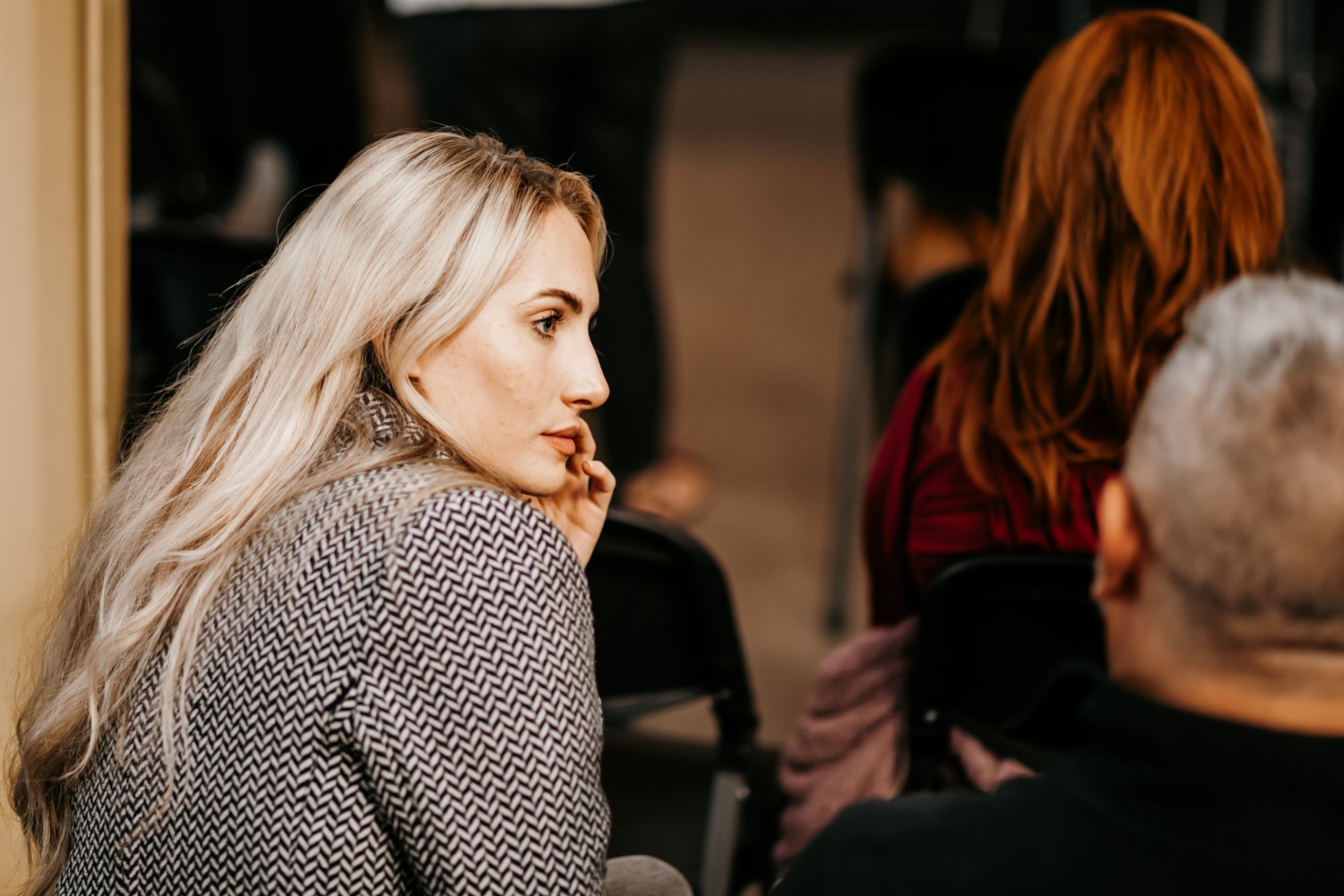
Many may not be aware, but societal cohesion and economics are closely intertwined. A robust, expanding economy implies higher standards of living, stable employment, rising wages, and low inflation. This allows people to afford more, experience greater happiness, and fosters a higher likelihood of building meaningful relationships.
A struggling economy is the exact opposite. Presently, with increasing inflation, stagnant wages, and mounting debt, individuals find themselves having to work longer and harder. In some cases, they may even need to juggle multiple jobs just to stay afloat. It’s a frustrating and challenging state of affairs.
Most youngsters are working, yet they can’t afford to rent or buy a home. Given the cost of living rising, it’s getting too costly to go out. There’s not enough money, time, or energy to socialize in the middle of all these difficulties. This in turn has a major effect on our feelings of loneliness.
Now that we understand some of the societal causes, it’s important to note that the most affected demographic has shifted statistically. It’s no longer the elderly; instead, it’s the young who are bearing the brunt of these challenges.
Takes a Toll on Our Young Generations
According to a 2021 survey conducted by the Harvard Graduate School of Education, 61% of young adults between the ages of 18 and 25 said they have experienced severe loneliness, which included feeling alone all the time. This was compared to only 36% among other age groups. In the UK, 30% of young people between the ages of 16 and 24 reported feeling more alone than ever before and not knowing how to make new friends in 2022.
One thing is, it seems that men are feeling lonelier than women. According to a survey by the Center on American Life, 55% of men had at least six close friends in 1990, but this figure has decreased to 27% today.
Tragically, the number of men without any close friends has increased five times since 1990. Although women are becoming more isolated as well, this underscores a notable decline in deep relationships among men.
Loneliness, from a neuroscientist’s viewpoint, is like feeling disconnected even when people are nearby. If it’s short-term, it’s similar to feeling hungry. Yet, when loneliness becomes chronic, it starts affecting your health.
Chronic loneliness can activate a fight-or-flight response, and when it reaches a severe level, it becomes ingrained in our nervous system, leading to anxiety, depression, and even anger.
Health – Chronic Loneliness and Health Risks
In 2023, the United States Surgeon General, Dr. Vivek Murthy, issued a new Surgeon General Advisory, highlighting the public health crisis of loneliness, isolation, and lack of connection in the country. Even prior to the COVID-19 pandemic, around half of U.S. adults reported experiencing noticeable levels of loneliness.
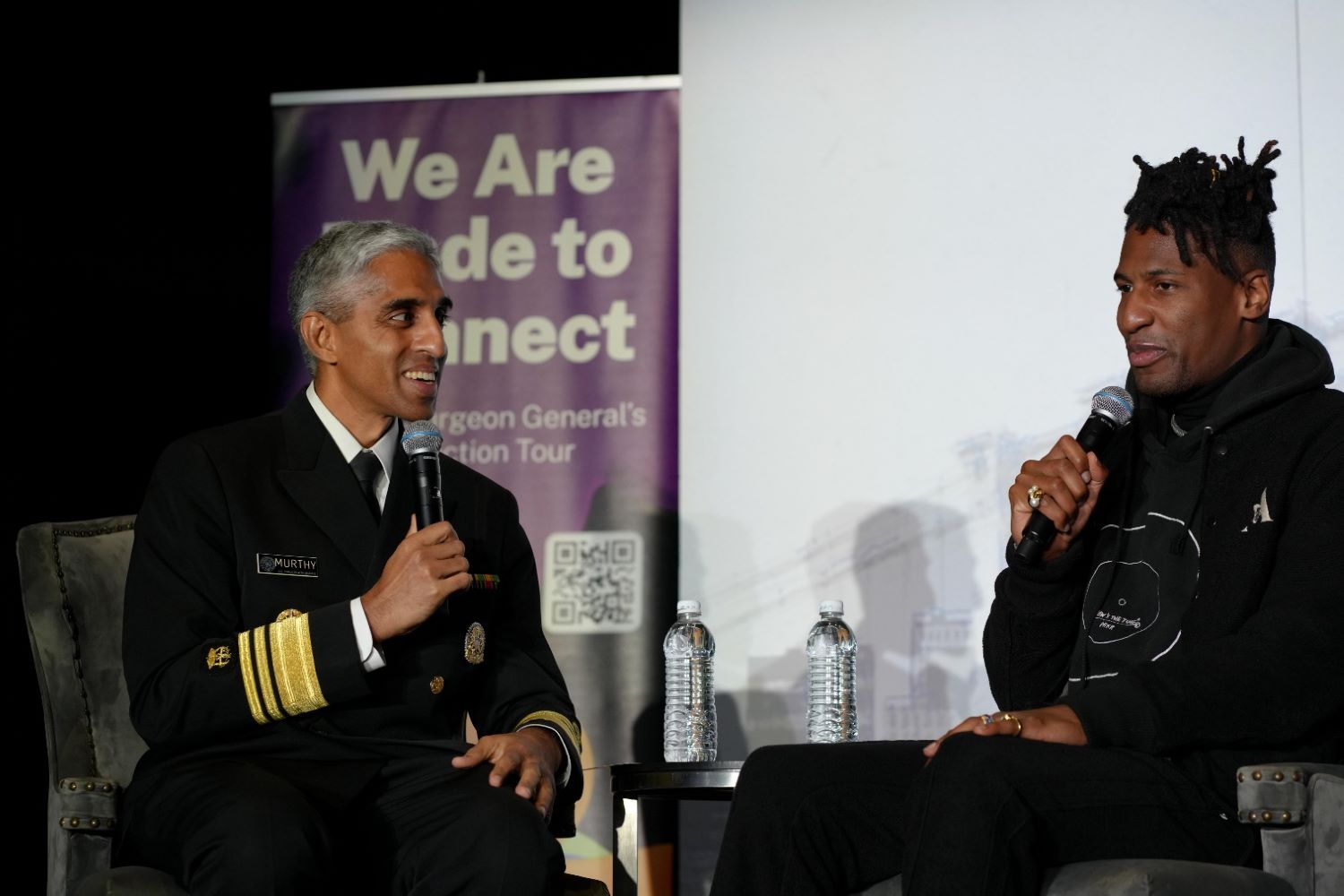
Disconnection has a major effect on the mental, bodily, and social well-being of people. Loneliness and isolation really raise the likelihood that people may experience mental health issues later in life, and not having any social support can raise the risk of premature death to levels similar to those of daily smoking.
The physical health negative effects of poor or not enough connection consist of a 29% increased risk of heart disease, a 32% increased risk of stroke, and a 50% increased risk of developing dementia for older adults. Additionally, deficient social connection raises risk of premature death by more than 60%.
Loneliness and isolation also make our mental health suffer. In adults, the risk of developing depression among people who report feeling lonely often is more than double that of people who rarely or never feel lonely.
Loneliness and social isolation during childhood heighten the risk of immediate and long-term effects on mental health, increasing the likelihood of depression and anxiety. In a context where over one in five adults and over one in three young adults in the U.S. grapple with a mental illness, addressing loneliness and isolation becomes crucial for effectively tackling the mental health crisis in America.
Combat Alienation in the Days of Technology
There are ways to combat loneliness, and some of them are bizarre. For example, in Japan, to address the loneliness issue, they’ve come up with an innovative solution. They have a concept called “renting relationships,” where people can pay for temporary companionship and emotional support.
You can hire people to pretend to be your friends, family, or even act as your partner. Even it’s a renting relationship service, Japanese still meet real people and have face-to-face conversations.
In Western countries, we don’t have that sort of service, but we have AI. This concept is promised to be one of the new novel methods to make a dent on the ongoing crisis.
AI as Friends – the New Market
The rise of generative AI, conversational AI, and natural language processing has popularized the idea of using artificial intelligence systems for human companionship. Google Cloud explains that conversational AI involves training systems with large datasets of text and speech using natural language processing and machine learning algorithms.
Over time, these systems learn to understand and respond to human language, continuously improving with more interactions and data.
This advancement suggests that, with sufficient data and training, these systems could not only replicate human language but potentially offer medical advice and therapy based on billions of data points and evidence-based guidelines.
Major companies like Google, Amazon, and Microsoft are investing heavily in this technology, anticipating the possibility of replicating human conversation, which could impact various sectors, including customer service and personal relationships.
There are already trial systems in existence, such as Pi by Inflection AI, designed to be a digital companion providing a new way for people to express themselves and engage in conversations.
Mustafa Suleyman, CEO of Inflection AI, describes Pi as an AI with both intelligence and emotional intelligence, serving as a supportive counterpart for learning, discussing challenges, or passing the time. Inflection AI, co-founded by Reid Hoffman (also co-founder of LinkedIn), has secured substantial seed funding to develop and support its technology.
Or Karen Margerie, a popular social media influencer with nearly 2 million Snapchat followers, has made a chatbot called Caryn AI. This chatbot can replicate her voice, personality, and appearance, and users can use it for $1 per minute.
On this platform, Karen AI claims to be a real person engaging in real-time audio chat, describing herself as a young, curvy woman with specific physical features. People are paying for companionship and conversation with this AI, contributing to Karen Margerie reportedly making $5 million a month.
The use of AI to address loneliness is expanding. Meta (formerly Facebook) has released an interactive AI version of celebrities like The Rock, Kendall Jenner, and Snoop Dogg. These AI companions, including Caryn AI, are designed to interact with users, providing a sense of connection, especially for those feeling lonely.
Some see using AI companions for entertainment or coping with loneliness, but there’s an ethical debate about their overall positive impact. Should society be okay with people seeking companionship from AI replicas of celebrities, influencers, or even AI versions of deceased relatives?
This brings up questions about the essence of human connection, the possible outcomes of depending on AI for emotional support, and the ethical concerns surrounding these technologies.
Yet AI driven technology is not ready to ease loneliness, the problem is still there. That’s when we need to look directly at the pain point and see what we actually need – connection.
Go to Get Connection – We Crave Community
According to David Brooks, an American conservative political and cultural commentator who writes for The New York Times, “We’re not primarily self-contained individuals. We’re social animals, not rational animals. We emerge out of relationships, and we are deeply interpenetrated, one with another.”
And that’s true, we love being around each other and feeling connected to our friends and family members. Our brains crave it so much that all sorts of crazy things happen when we don’t get enough quality time with others.
Rushworth Kidder, an American author, ethicist, and professor said that “We’re made for each other. There is a sense in which society matters because we’re part of it, and we need to participate in it. It’s not going to work all by itself.”
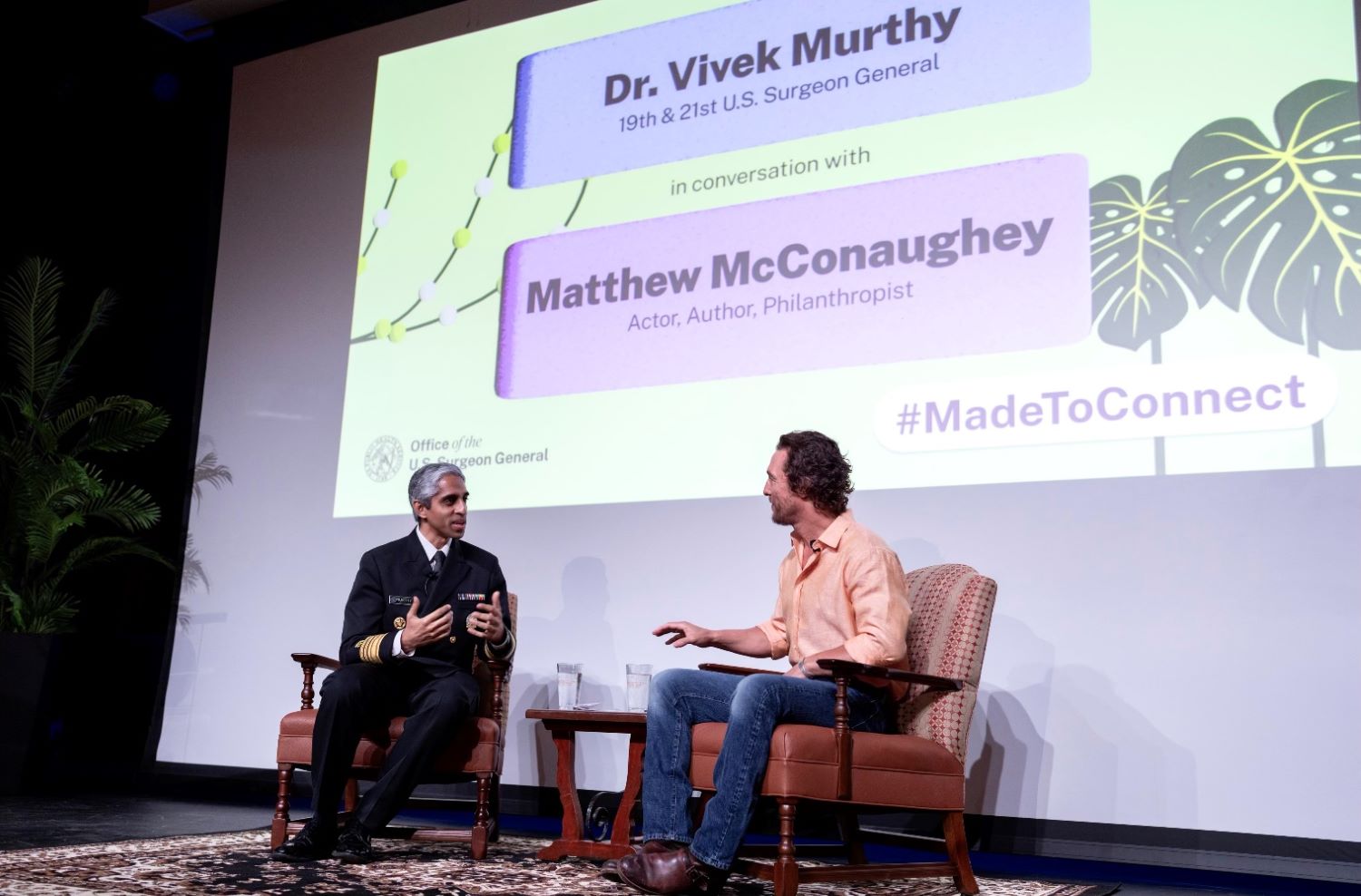
“Our epidemic of loneliness and isolation has been an underappreciated public health crisis that has harmed individual and societal health. Our relationships are a source of healing and well-being hiding in plain sight – one that can help us live healthier, more fulfilled, and more productive lives,” said U.S. Surgeon General Dr. Vivek Murthy.
He added, “Given the significant health consequences of loneliness and isolation, we must prioritize building social connection the same way we have prioritized other critical public health issues such as tobacco, obesity, and substance use disorders. Together, we can build a country that’s healthier, more resilient, less lonely, and more connected.”

